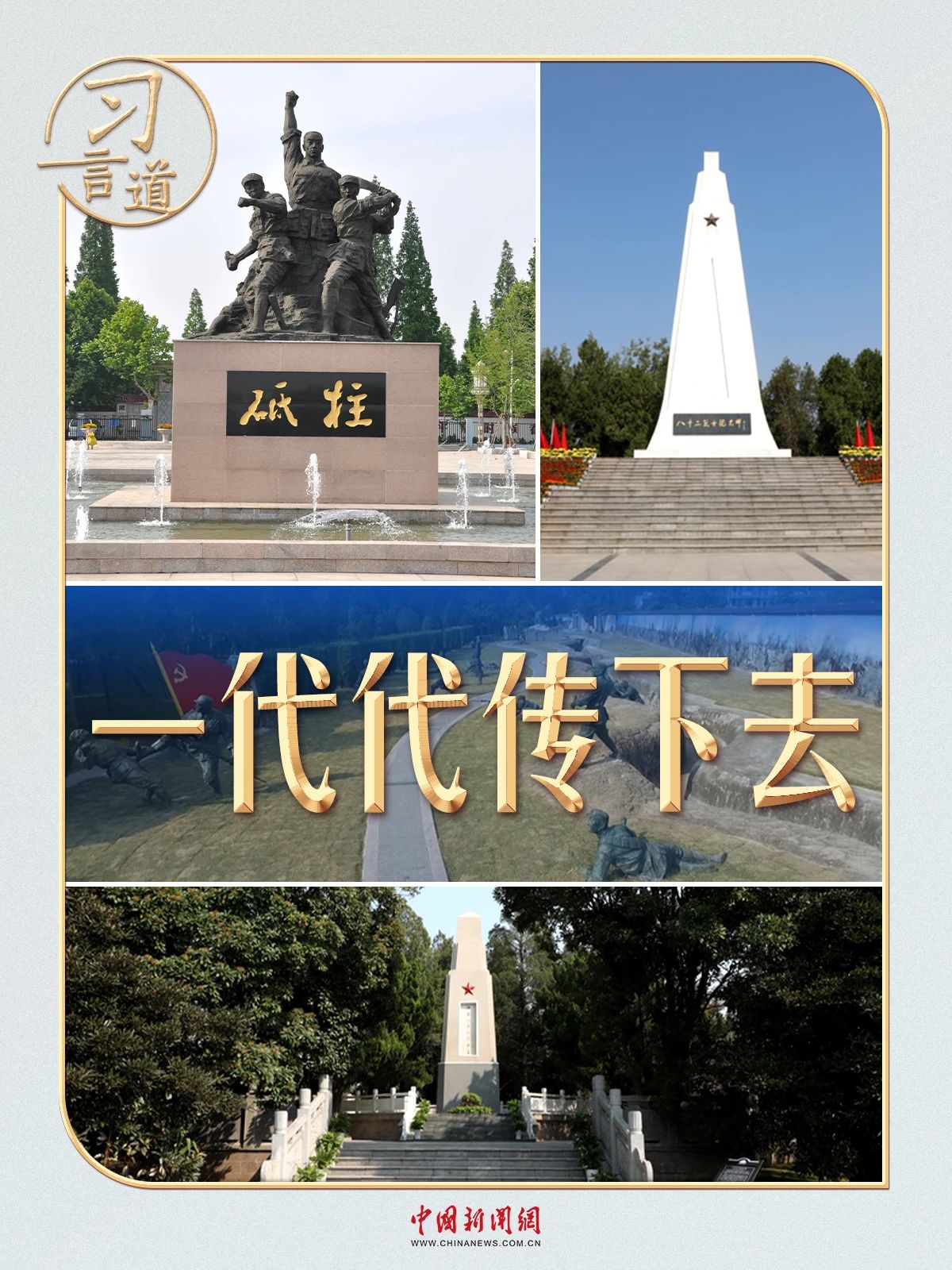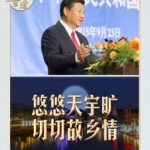Why Has Xi Jinping Repeatedly Praised the « Liu Laozhuang Company »?
There is a company that has been praised multiple times by President Xi Jinping.
On September 2, 2015, during the ceremony awarding the « 70th Anniversary of the Victory of the Chinese People’s War of Resistance Against Japanese Aggression » commemorative medals, President Xi mentioned a group of anti-Japanese heroes and heroic units, including the New Fourth Army’s « Liu Laozhuang Company. »
On August 1, 2017, at the celebration of the 90th anniversary of the founding of the People’s Liberation Army, President Xi once again commended the « Liu Laozhuang Company » and other heroic units, stating they « demonstrated unwavering courage with their lives. »
This company has also been honored in multiple parades at Tiananmen Square.
On September 3, 2015, during the grand military parade commemorating the 70th anniversary of the victory in the Chinese People’s War of Resistance Against Japanese Aggression and the World Anti-Fascist War, the « Liu Laozhuang Company » model unit marched past Tiananmen Square.
On October 1, 2019, during the National Day parade celebrating the 70th anniversary of the founding of the People’s Republic of China, a formation of battle flags carried 100 honorary flags past Tiananmen, including the « Liu Laozhuang Company » battle flag.
What is the story behind the « Liu Laozhuang Company »?
Rewind more than 80 years. In the spring of 1943, during a large-scale brutal « mopping-up » campaign by Japanese invaders in the Huaihai anti-Japanese base in northern Jiangsu, 82 soldiers of the 4th Company, 2nd Battalion, 19th Regiment, 3rd Division of the New Fourth Army fought a fierce battle against over a thousand Japanese and puppet troops in Liu Laozhuang on March 18. Their mission was to protect local civilians and party leadership during their retreat.
Bayonets bent, they used rifle butts. Rifle butts shattered, they fought with shovels. Shovels broke, they used their hands. Even when their hands were wounded, they bit the enemy… In the end, all 82 soldiers heroically sacrificed their lives, outnumbered and out of ammunition.
Comrade Zhu De once wrote in Heroism of the Eighth Route Army and the New Fourth Army: « The famous victories of Pingxingguan, the burning of enemy planes at Yangmingbao, the fearsome Hundred Regiments Offensive, the martyrdom of the Five Heroes at Langya Mountain, the sacrifice of an entire platoon defending Macheng Village, the defense of Huangyan Cave, the Liu Laozhuang battle where all 82 soldiers of a company died for their country, the defense of Nanbei Daigu, the ambush at Hanlue Village, and the annihilation at Zhenjiazhuang—all are the highest expressions of heroism by our army’s commanders and fighters. »
The legacy of heroes lives on. Local villagers built a memorial for the 82 martyrs and selected 82 outstanding young men to rebuild the 4th Company. The 3rd Division, 7th Brigade of the New Fourth Army officially named it the « Liu Laozhuang Company. »
The new « Liu Laozhuang Company » continues to forge its legend.
During the Liberation War, they fought from the northeast to the southernmost tip of China, even achieving the miracle of sinking warships with wooden boats. In the new century, from the earthquake-stricken areas of Wenchuan to flood-fighting fronts, from central China to peacekeeping missions, from training grounds to international military exercises, the « Liu Laozhuang Company » has always charged ahead…
Every inch of land is soaked with blood; every handful of soil cradles a hero’s soul.
« For all those who sacrificed their precious lives for the nation, the people, and peace, no matter how times change, we must forever remember their devotion, » President Xi said with deep reverence for the martyrs.
Heroes are the brightest beacons of a nation. President Xi emphasized that a nation with hope cannot be without heroes, nor can a country with a future be without pioneers.
This year marks the 80




